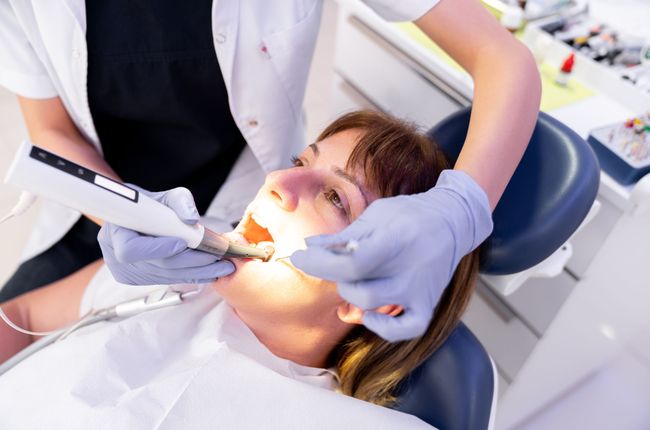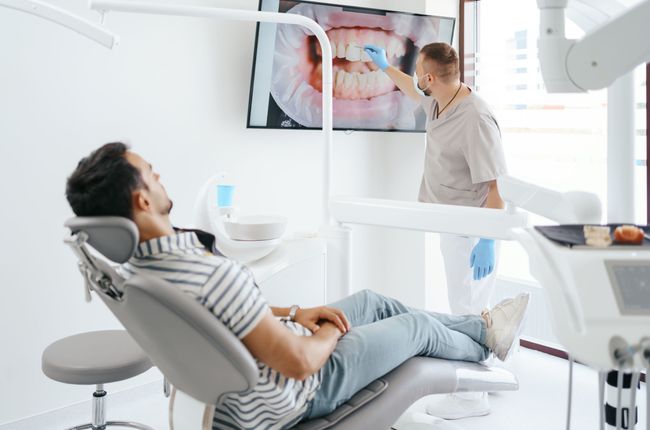When it comes to dental health, few topics spark as much concern as the possibility of needing a tooth extraction. The thought alone can make anyone anxious. But what if you could navigate this process with confidence? Understanding tooth extractions and recognizing when they may be necessary is crucial for maintaining your oral well-being.
Whether it's due to decay, overcrowding, or trauma, knowing how to identify the signs that indicate you might need a dental extraction can empower you in making informed decisions about your care. So let's dive into what tooth extractions involve and help demystify the journey ahead!
Understanding tooth extraction
Tooth extraction is a dental procedure that involves the removal of a tooth from its socket in the bone. While it may sound daunting, it's often necessary for various reasons related to oral health.
Dentists perform extractions in situations where preserving the tooth isn't feasible. This could include severe decay, gum disease, or overcrowding. Understanding this process can help ease your worries about what lies ahead.
The procedure typically takes place under local anesthesia to minimize discomfort. Dentists use specialized tools to gently remove the affected tooth while prioritizing your safety and comfort.
After an extraction, recovery is key. Most patients experience some swelling and tenderness, but can manage these symptoms with proper aftercare. Knowing what to expect helps prepare you mentally and physically for each step along the way.
Reasons for tooth extraction
Tooth extraction may seem daunting, but it’s sometimes necessary for dental health.
- One common reason is tooth decay that has advanced beyond repair. When a cavity becomes too extensive, saving the tooth might not be possible.
- Another factor is crowding. If your mouth lacks space, removing one or more teeth can create room for proper alignment, especially before orthodontic treatment.
- Gum disease also plays a significant role. Infections can weaken the supporting structures of teeth, leading to potential loss if left untreated.
- Additionally, impacted wisdom teeth often require extraction due to pain and the risk of infection or damage to adjacent teeth.
- Traumatic injuries can necessitate removal when a tooth is broken beyond restoration. Understanding these reasons helps you make informed decisions about your dental care in Salt Lake City.
Signs that you may need a tooth extraction
Tooth pain is often the first sign that something isn’t right.
- If you're experiencing persistent discomfort, especially when chewing or biting down, it could indicate a serious issue.
- Swelling around your gums can also be a red flag. This might suggest an infection that's affecting the tooth and surrounding tissue.
- If you notice mobility in a tooth - meaning it feels loose, it’s time to consult with your dentist. Loose teeth can stem from advanced decay or gum disease.
- Sensitivity to hot and cold temperatures may signal damage deep within the tooth structure. If this sensation lingers even after removing the stimulus, pay attention.
- If you see visible signs of decay or damage on your teeth, don’t ignore them. These issues won’t resolve themselves without professional intervention. Seeking dental extractions in Salt Lake, UT, might become necessary to prevent further complications. Contact us to learn more.
The process of a tooth extraction
The process of a tooth extraction begins with a thorough examination. Your dentist will review your dental history and take X-rays to assess the situation. This step ensures they understand the root structure and surrounding bone.
Next, anesthesia is administered. This numbs the area around the affected tooth, ensuring you feel no pain during the procedure. Depending on your comfort level and anxiety, sedation options may also be discussed.
Once you’re comfortable, the dentist will carefully loosen and remove the tooth using specialized tools. If it's impacted or difficult to reach, surgical techniques may be necessary for safe removal.
Afterward, gauze is placed over the extraction site to control bleeding. You’ll receive specific aftercare instructions tailored to your needs for optimal healing in Salt Lake, UT. Following these guidelines helps minimize discomfort as well as reduce complications during recovery.
Aftercare and recovery tips
After a dental extraction, proper aftercare is key to a smooth recovery.
- Start by biting gently on the gauze pad your dentist provides. This helps control bleeding in the first few hours.
- Avoid strenuous activities for at least 24 hours. Resting allows your body to focus on healing without added stress.
- Stay away from hot foods and drinks for a couple of days. Stick to soft, cool options like yogurt or applesauce that won’t irritate your extraction site.
- Don’t forget about hydration! Drink plenty of water, but steer clear of straws, as sucking can dislodge the blood clot and lead to complications.
- Pain management is also essential. Your dentist may prescribe medication or recommend over-the-counter pain relievers to keep discomfort at bay during this time.
- Maintain good oral hygiene, but be gentle around the extraction area until it heals completely.
Alternatives to tooth extraction
Tooth extraction isn’t always the only option when facing dental issues. There are alternatives that can save your natural teeth and maintain oral health.
- One common alternative is root canal therapy. This procedure removes infected pulp from inside the tooth, allowing you to keep it intact while alleviating pain and preventing further infection.
- Dental crowns may also be a viable solution. If a tooth is damaged or decayed but still healthy enough, a crown can restore its function and appearance without removal.
- Orthodontics provides another path for crowded or misaligned teeth. Braces or clear aligners can help reposition them safely, avoiding the need for extractions altogether.
- Regenerative treatments like bone grafts encourage new tissue growth around compromised teeth. These approaches aim to strengthen existing structures rather than resorting to extraction as the first line of defense.
Conclusion
Tooth extraction can be a daunting thought, but understanding when it’s necessary is crucial for maintaining your dental health. If you're experiencing severe pain, infection, or crowding in your mouth, it might be time to consult with a dentist who specializes in dental extractions in Salt Lake, UT.
The process itself is typically straightforward and manageable with proper care. After the procedure, following the aftercare tips ensures a smooth recovery and prevents complications.
If you find yourself facing potential tooth removal, it's essential to explore all available options. Your dentist can guide you through alternatives that may preserve your natural teeth whenever possible.
Taking charge of your oral health means being proactive about issues like these. Regular check-ups and open communication with your healthcare provider will empower you to make informed decisions regarding any necessary procedures in the future. Always prioritize keeping those beautiful smiles healthy!
For the best dental care tailored to your unique needs, visit Main Street Dental at 3195 S Main St Ste 225, South Salt Lake, UT 84115, or call (801) 467-2255.







